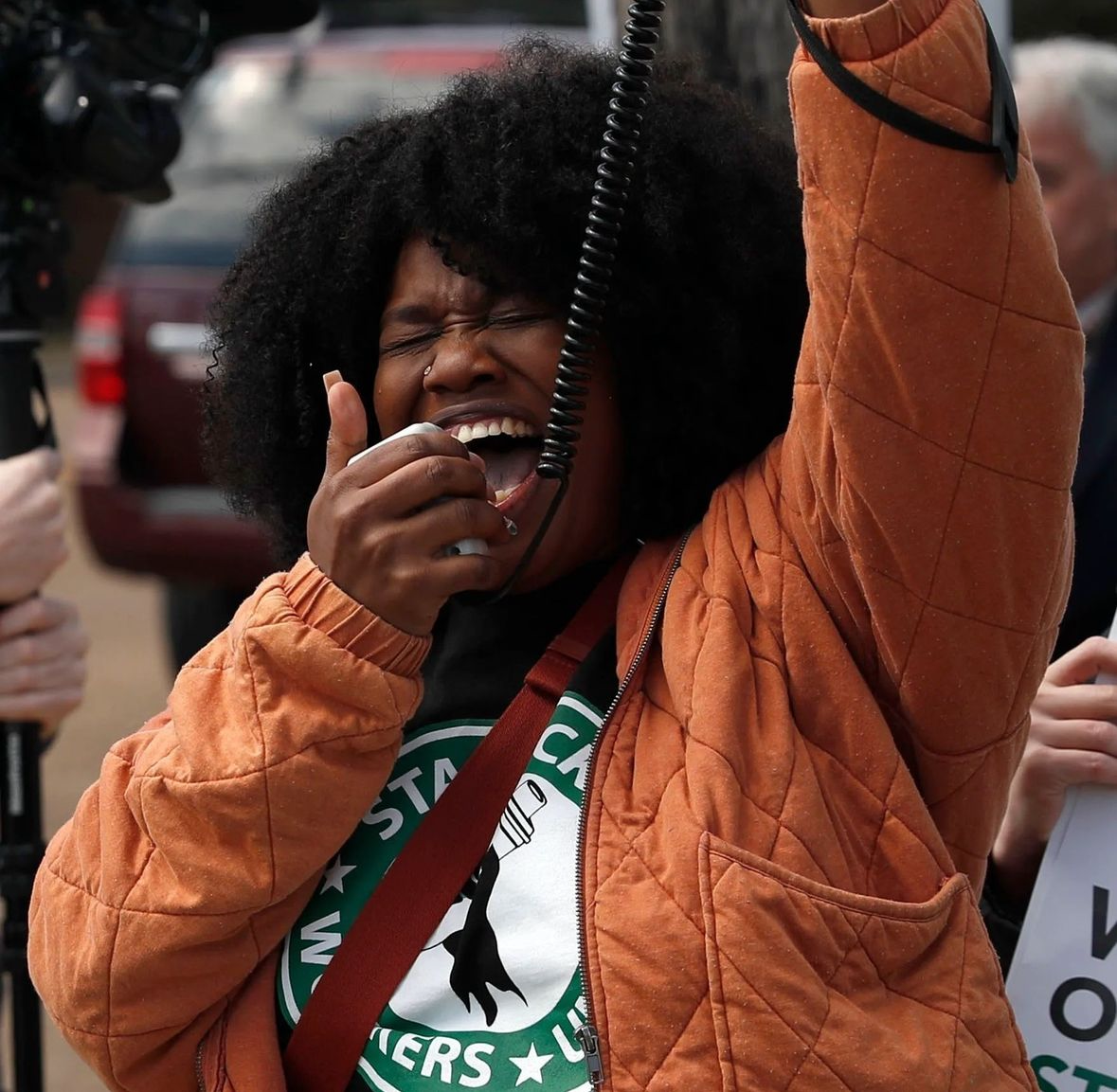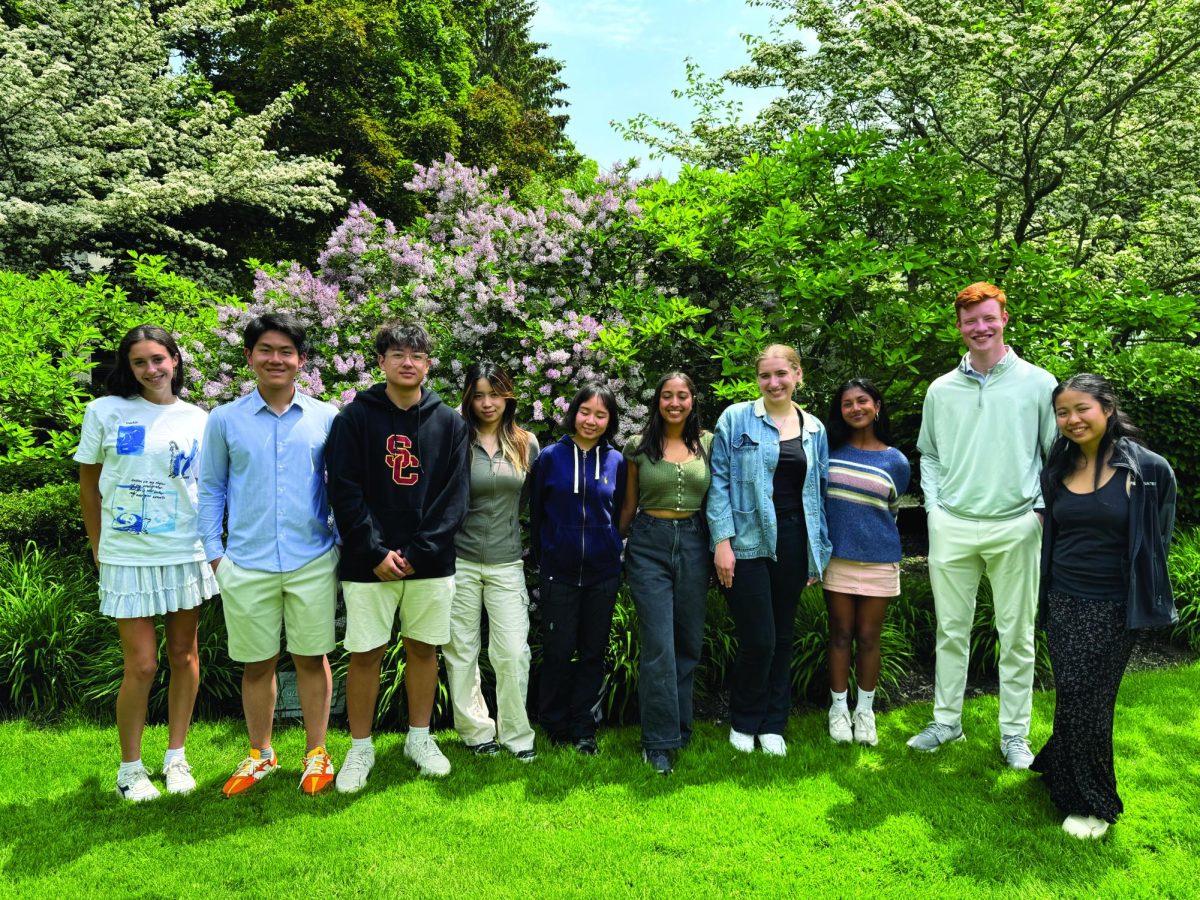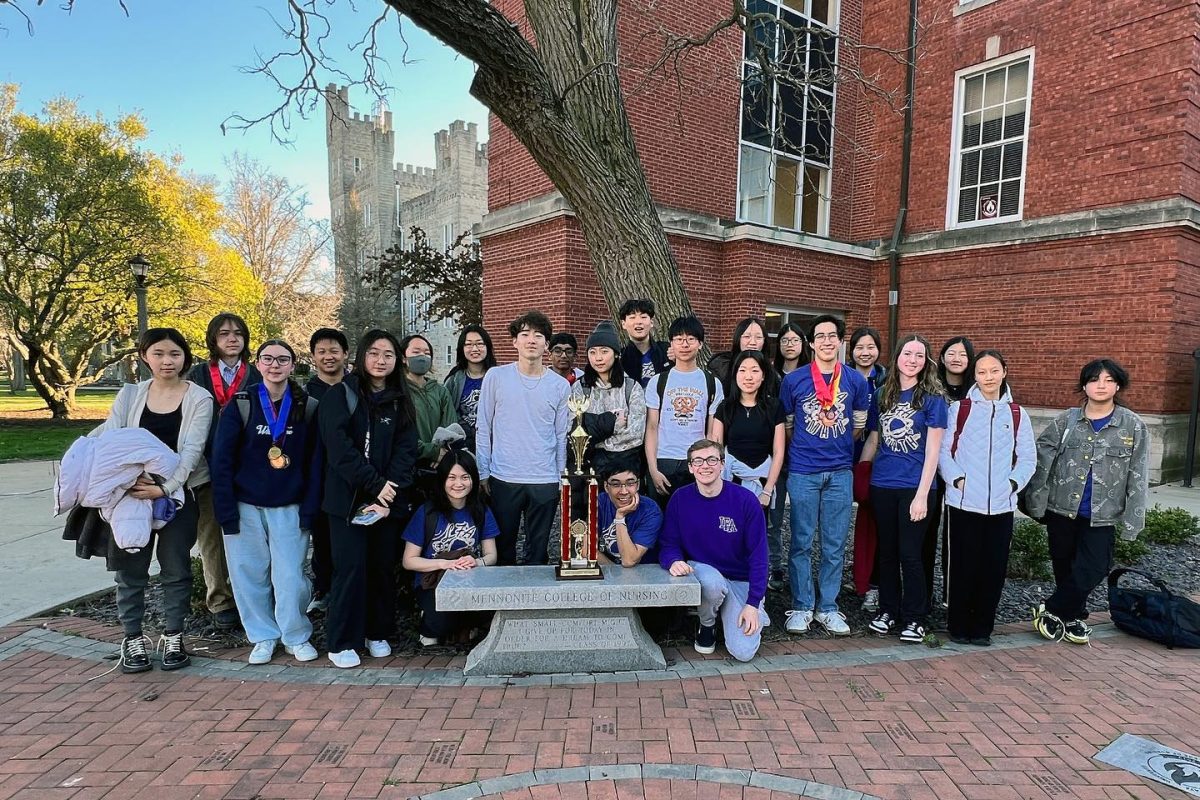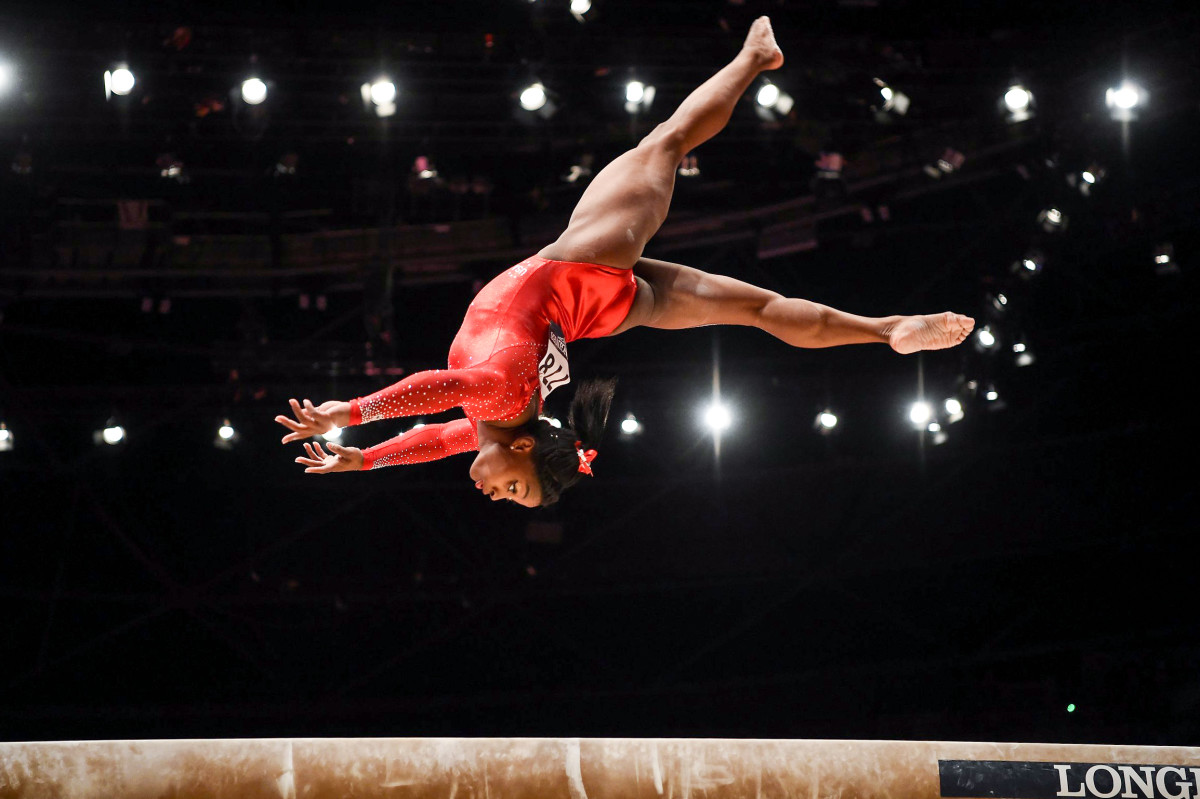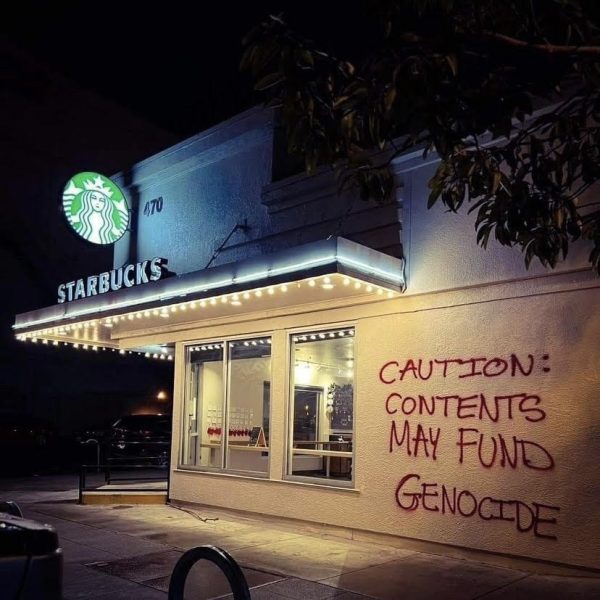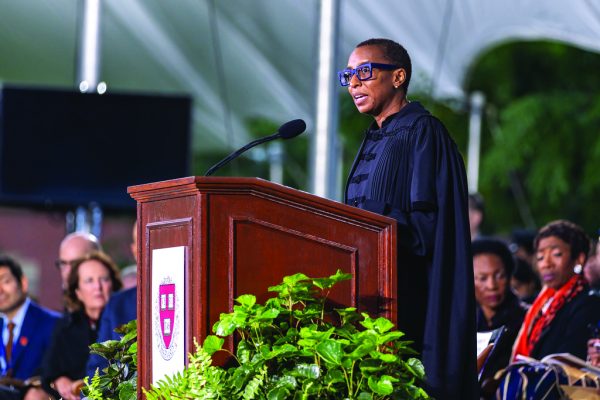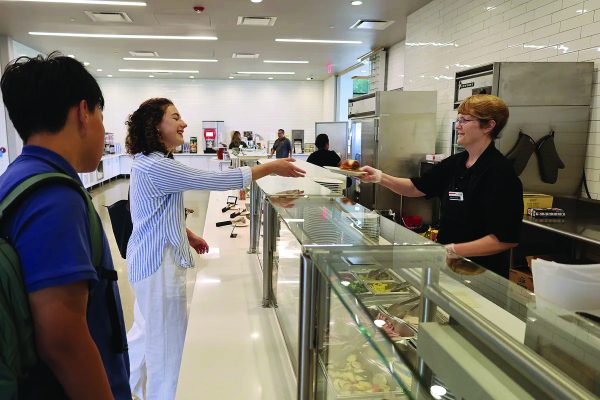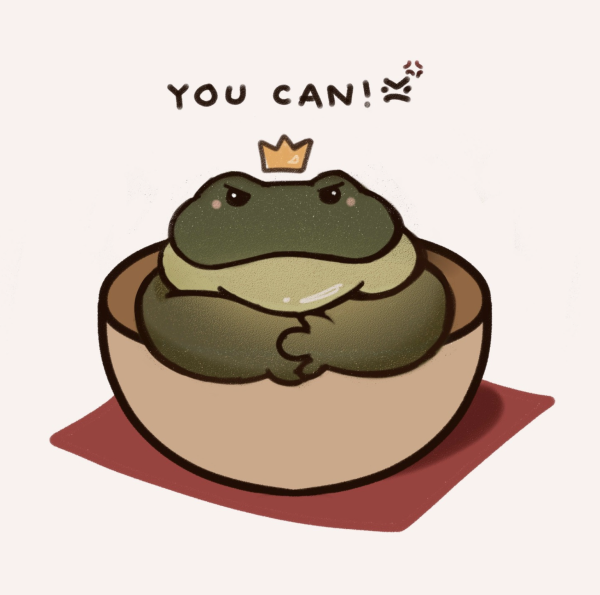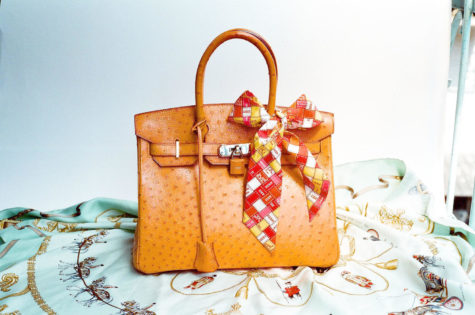Showcase: Our Traditions
December 8, 2021
Dia de los Muertos:
Dia de los Muertos, or Day of the Dead, is a Mexican holiday that takes place on November 1st and 2nd. While the holiday originated in Mexico, many people around the world celebrate as well. The holiday commemorates the reunion between the living and the dead. Celebrating death is an integral part of the holiday. Some may view death as only a sad thing, but for those who partake in the holiday, death is also a next step in existence. There are many ways in which the dead are honored. The true center of the celebration takes place at the ofrenda. Offerings are made to ancestors through ofrendas, which are altars decorated with pictures, food, and marigold flowers. Marigolds symbolize the pathway towards the ofrenda. Spirits of the ancestors are drawn to the marigolds, and the flowers create a path that leads towards their family. They also represent the beauty, yet fragility, of life. LFA had an ofrenda during the beginning of April, which was posted on the LFA Instagram as an example of what an ofrenda can look like. Calaveras, or smiling skulls, are also a symbol of Dia de los Muertos. They are decorations, sweet treats, or face paint. They are meant to smile in a way of laughing at death, and accepting it as it comes. The holiday is a beautiful way of reflecting on who has come before you and connecting with your roots.
Diwali:
Correlating to the Lunar calendar, Diwali is celebrated at the beginning of November each year. For those who celebrate, it’s comparable to Christmas, New Years’ Eve, and Thanksgiving all wrapped into a single holiday. Diwali is the festival of lights, commemorating the victory of light over darkness and good over evil. This holiday stems from a story in Hindu mythology in which Lord Rama, Sita (his wife), and Lakshmana (his brother) were banished from their home of Ayodhya and exiled to the jungle for 14 years. 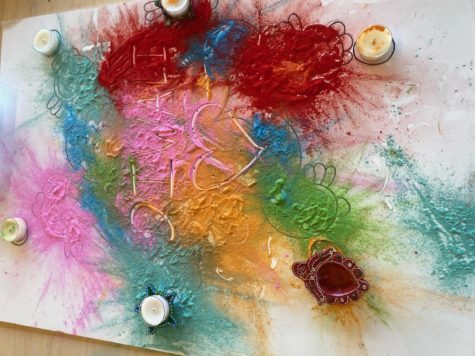 Diwali memorializes Rama’s return to his home after he defeated the demon king, Ravana. Diwali’s meaning, “the festival of lights”, derives from the resulting celebration of Rama’s homecoming as the villagers lit up the entire town. Diwali celebrators decorate their homes with lights and oil lamps called diyas, and make different rangoli designs out of colorful powder. Rangoli is a popular art-form in which people make colourful designs on the floor in their house, which serve as a welcoming gesture to the gods and bring good luck to the family. For Hindus, the lamps are said to aid the Goddess Lakshmi, the Goddess of Wealth and Prosperity, on her journey to their homes. In the evening, family and friends light fireworks and sparklers. Hindus eat traditional Indian food such as dosa, samosas, and an assortment of different Indian desserts: jalebi, gulab jamun, and halva. Above all, Diwali celebration gathers people together, and promises to bring joy and fun.
Diwali memorializes Rama’s return to his home after he defeated the demon king, Ravana. Diwali’s meaning, “the festival of lights”, derives from the resulting celebration of Rama’s homecoming as the villagers lit up the entire town. Diwali celebrators decorate their homes with lights and oil lamps called diyas, and make different rangoli designs out of colorful powder. Rangoli is a popular art-form in which people make colourful designs on the floor in their house, which serve as a welcoming gesture to the gods and bring good luck to the family. For Hindus, the lamps are said to aid the Goddess Lakshmi, the Goddess of Wealth and Prosperity, on her journey to their homes. In the evening, family and friends light fireworks and sparklers. Hindus eat traditional Indian food such as dosa, samosas, and an assortment of different Indian desserts: jalebi, gulab jamun, and halva. Above all, Diwali celebration gathers people together, and promises to bring joy and fun.
Brazilian New Year (Véspera de Ano Novo):
3…2…1… Happy New Year!
You might hear this as the calendar changes from 2021 to 2022 when the ball drops in New York City. But in Brazil, the New Year’s Eve tradition is celebrated differently. New Years’ Eve translates to Véspera de Ano Novo in Portuguese. On this holiday, Brazilians dress in all white attire, gather with family and friends, and watch fireworks on the beach (if they are oceanside). The most important of Brazil’s week-long celebrations is the night itself. Brazilians believe that the color they wear on December 31st will dictate how the upcoming year will go. They may wear brand new clothes to symbolize a fresh start, but you will typically find white outfits, which represent peace. 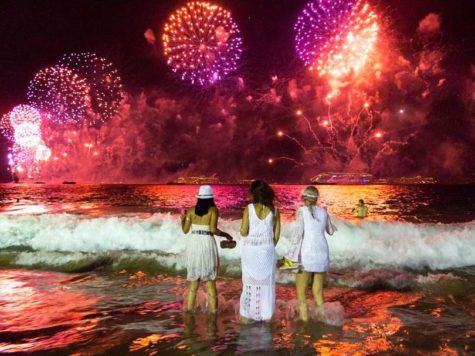 Other colors could represent money, love, hope, health, happiness, or serenity. The two most important traditions in Brazil are the offering of gifts to Iemanjá, Goddess of the Sea, and jumping over seven waves as the tide comes in around 12:00am. The offerings to Iemanjá include white flowers, little boats made from driftwood or other natural resources, perfumes, pearls, jewelry, mirrors, and most importantly- candles. It is believed that if these gifts are sent to Iemanjá, she will offer peace and protection in the New Year. Along with sending off the wooden boats, Brazilians jump seven waves, with each jump permitting a new wish. It is believed that jumping these waves will give luck and strength to those entering the new year. These traditions can be celebrated by anyone who wishes to participate, especially if they are in a tropical setting. As the clock strikes midnight, you will find plenty of adult Brazilians toasting the New Year with sparkling wine.
Other colors could represent money, love, hope, health, happiness, or serenity. The two most important traditions in Brazil are the offering of gifts to Iemanjá, Goddess of the Sea, and jumping over seven waves as the tide comes in around 12:00am. The offerings to Iemanjá include white flowers, little boats made from driftwood or other natural resources, perfumes, pearls, jewelry, mirrors, and most importantly- candles. It is believed that if these gifts are sent to Iemanjá, she will offer peace and protection in the New Year. Along with sending off the wooden boats, Brazilians jump seven waves, with each jump permitting a new wish. It is believed that jumping these waves will give luck and strength to those entering the new year. These traditions can be celebrated by anyone who wishes to participate, especially if they are in a tropical setting. As the clock strikes midnight, you will find plenty of adult Brazilians toasting the New Year with sparkling wine.
Christmas:
Christmas is celebrated in a variety of ways across the globe. Some go to a midnight mass, some bake a turkey, some hide a pickle in their tree, some put up stockings, some leave Santa Clause milk and cookies, some drink eggnog, and some hide a mistletoe in the doorway. In whichever way one may celebrate Christmas, there are plenty of classic traditions that different families take part in. Christmas is the religious celebration of the birth of Jesus Christ, which is celebrated on December 25th. But, many people who celebrate the world-recognized holiday are not extremely religious. Christmas is often observed as a time of gathering, family and love. To some, the comfort of Christmas is found in the smell of evergreen in the house, and hot chocolate by the fireplace while wearing fuzzy socks. To others, the religious meaning and story of Christmas are what the holiday is all about. 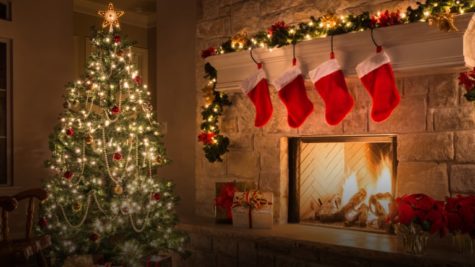 You might find a house decorated with lights to look like a little gingerbread house (and you may even find real gingerbread houses inside of the house!), a small evergreen with ornaments and twinkling lights, stockings hung above the fireplace, a nutcracker, an advent calendar, a Yule cake, gifts scattered underneath the tree on the tree skirt, and so many more decorations. One might appreciate a White Christmas, so the world feels like a snowglobe. In reality, Christmas is not only about the decor and festive pajamas while drinking eggnog. It serves as a holiday season that spreads cheer, love, and gratitude.
You might find a house decorated with lights to look like a little gingerbread house (and you may even find real gingerbread houses inside of the house!), a small evergreen with ornaments and twinkling lights, stockings hung above the fireplace, a nutcracker, an advent calendar, a Yule cake, gifts scattered underneath the tree on the tree skirt, and so many more decorations. One might appreciate a White Christmas, so the world feels like a snowglobe. In reality, Christmas is not only about the decor and festive pajamas while drinking eggnog. It serves as a holiday season that spreads cheer, love, and gratitude.
Boxing Day:
Boxing Day is celebrated in the UK and many of its former territories such as Canada, Australia, New Zealand, etc. This holiday originated in feudal times when the lords would “pay” the people who worked on their land with gifts such as boxes with agricultural goods and supplies, foods, and clothes. This was done because servants and lower class workers had to work on Christmas Day due to the parties of observations done by their higher class employers.

Due to this, traditionally, the holiday has fallen on the day after Christmas, where servants and workers would be able to receive gifts after the hard work they had done all year. This practice has continued into modern times, although now employers usually give raises to their employees or leave small gift boxes on their desks as a show of gratitude.It has also extended into shopping, as Boxing Day deals in stores and online have also become popular. Turkey sandwiches have become a common boxing day meal over time, as originally they were just common leftovers from Christmas that became incorporated with the holiday as it grew. Soccer, or football, as it is commonly known as in Britain and many of its former contemporaries, also became the “holiday” slated game on Boxing Day, as players are always given a rest on Christmas.
Hanukkah:
Hanukkah (or Chanukah) is a Jewish festival that commemorates the recovery of Jerusalem and the rededication of the Second Temple. Essentially, it celebrates the liberation of the Jewish people trapped in slavery. The holiday is sometimes referred to as the festival of lights because of the importance lights hold. A menorah, an intricate candle holder, is what is used to hold the candles that
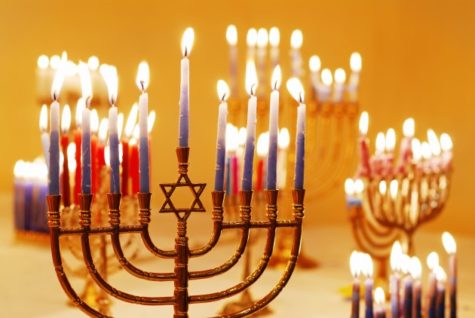
represents the history of the Jewish people. Menorahs can come in many fun shapes and colors to be unique for each family! Hanukkah lasts for eight nights to represent the holy flame that burned for eight days. Each night, an additional candle is lit and by the end of the holiday, all candles have been burned. The celebration involves games, such as dreidel, traditional food including latkes and Hamantaschen, and is represented by blue, white, and sometimes gold decorations. Children and adults alike indulge in a variety of games, music, and food. Unlike other holidays, Hanukkah is unique because the gift giving is stretched throughout eight days rather than one.

